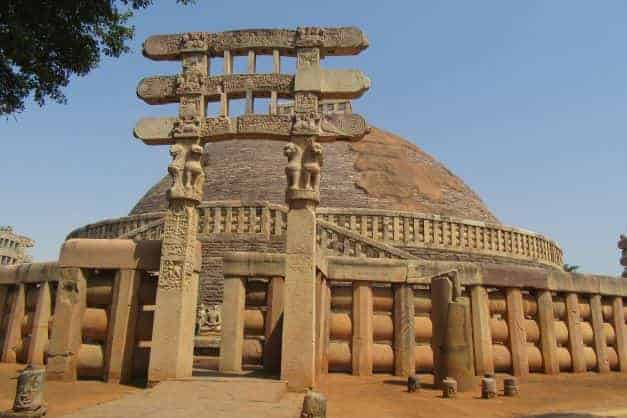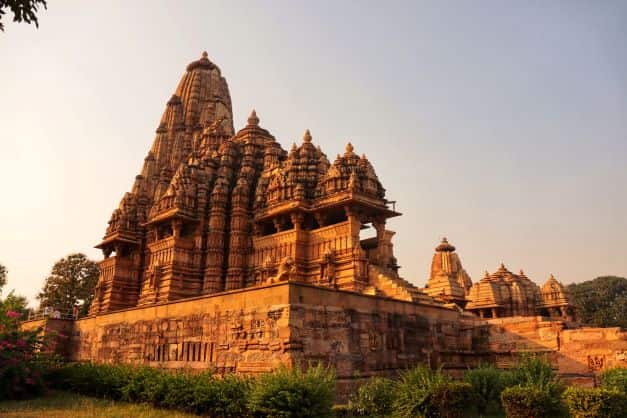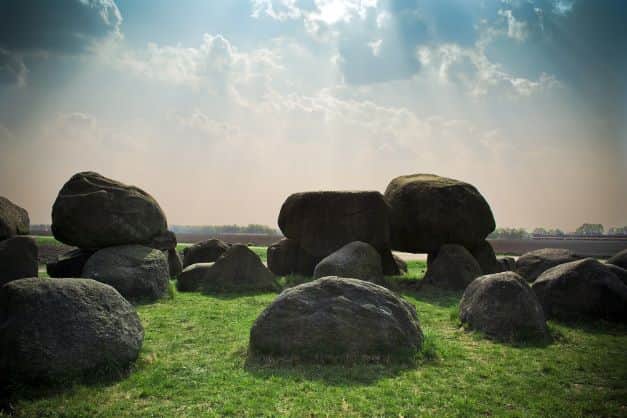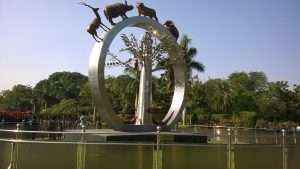The great Stupa of Sanchi is in the Raisen District of Madhya Pradesh which is not more than 45kms from the capital city; Bhopal. The Sanchi Stupa is one of the oldest stone architectures in India. The great Mauryan Emperor Ashoka instructed the construction of the Stupa of Sanchi.

Where is the great Stupa of Sanchi?
Sanchi is a village in Madhya Pradesh, India. It is a sacred, religious and historical place. Sanchi is famous for it’s Buddhist stupas and it’s relation to the famous King Ashoka.
The Lion Capital
It was King Ashoka who constructed these stupas in order to spread the message of peace which Buddhism stands for. The lion capital of the Ashoka pillar was found here and is recently kept preserved at the ASI museum.
Timings :-
• For stupas : 06:30 a.m to 06:30 p.m on all days of the week
• For the ASI musuem: 09:00 a.m to 05:00 p.m on all days except Friday.
Entry fee :-
• For Stupas : 40₹ Indian tourists and tourists from SAARC and BIMSTEC countries. 600₹ for International tourists.
• Children below 15 years are allowed for free entry.
• For Museum : 30₹ for Indians, 250₹ for International tourists.
Attractions near Stupa at Sanchi
This place is a pilgrimage circuit for Buddhism. Around 30kms of this place there are several places of Buddhist origin. Some of these are:-
Buddha Jambudweep
This is a Buddhist theme park situated in the Sanchi Stupa complex. The site showcases the teachings of Buddha and the life of King Ashoka. The park provides various fun activities and there is a “Jataka Vana” where different puzzles and a maze is provided in which one can enjoy as well as learn about the Buddhist teachings.
There are a number of paintings which depict how the stupas were built. There is also a musuem where digital puzzles are offered. In the evening the complex organizes a light and sound show which shows the teachings and life of Buddha and the history and importance of Sanchi.
Sonari
Sonari is a village in the South West region of Sanchi, Madhya Pradesh. This is a site of Buddhist stupas. Alexander Cunningham in the year 1850 excavated these stupas.
He found two boxes consisting relics and took them to London which is now showcased at the Victoria and Albert Museum. Brahmi inscriptions were found in these stupas mentioning the names of Buddhist monks.
The stupas were constructed between 125 BC – 100 BC.
Satdhara
It is situated in the West of Sanchi. It is a site consisting of stupas and viharas. These stupas were excavated by Major Cunningham. He found some relics here and took them to England and donated them to the British Museum and Victoria and Albert Museum.
Bhojpur
These are a group of stupas located in the Bhojpur village in the South West of Sanchi. They are also called Murelkhurd Stupas or Morel Khurd Stupas. These stupas date back to the 1st century BC. They were excavate by Major Cunningham in the 19th century. He found some relics here and carried them to England.
Andher
These is a group of three stupas. It is located in the Southeast of Sanchi. It is located at a high platform from where the Bhojpur Stupas and the Sanchi stupas can be seen. The Stupas were built around 150 BC.
How old is the Stupa at Sanchi
It is an important pilgrimage site for Buddhists. The site consists of many temples, stupas and other monuments. All the monuments in the complex date back to 3rd century BC to 12th century CE. There is Maha stupa which is included in the UNESCO World Heritage Site list.
Other temples at the Sanchi Stupa
There is a temple in the midst of the complex known as the “Gupta temple“. It was built in the 5th century and is made of the “temple style of architecture”. It has 4 gates in which the life of Buddha is carved.
The site is also known as Chetiyagiri,Kakanaya, Kakanada bota and Bots Shri Parvat in different literary mediums and archaeological texts.
Sanchi and the great Satupa was eventually forgotten over time but it was later found in 1818. It was reconstructed from 1881 to 1919. Even without proper maintenance and neglect, the site is the most developed one out of all other Buddhist sites. More information can be found on Wikipedia.


